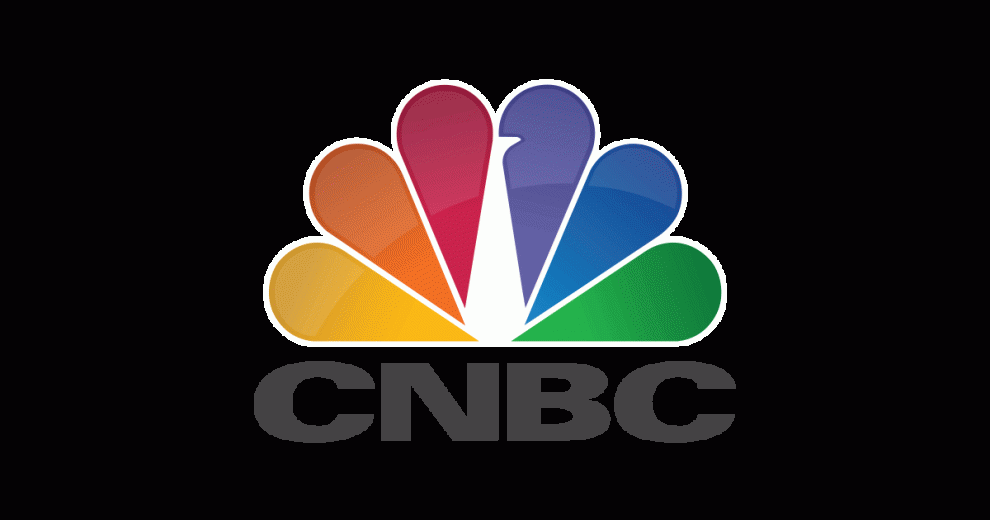
Analysts are lowering their earnings estimates for the second half of 2019, and there is a chance earnings for the S&P 500 could be negative for 2019.
In the last two weeks, strategists at Goldman Sachs and Citigroup have reduced 2019 and 2020 earnings estimates for the S&P 500, citing a sluggish economy, trade war threats and potential currency devaluations.
Analysts who study individual stocks also have begun to lower estimates in sectors most affected by global growth and rates: energy, technology, financials and industrials, all of which have been coming down fast in the last several weeks. Here’s a glance at how third-quarter earnings estimates have changed:
Q3 Energy earnings:
July 1: down 13.6%
Today: down 21.8%
Q3 Technology earnings: Q3
July 1: down 6.4%
Today: down 7.4%
Financials earnings: Q3
July 1: up 6.8%
Today: up 4.3%
Industrials earnings: Q3
July 1: up 6%
Today: up 2%
Source: Refinitiv
Some sectors are complicated by individual companies not directly tied to tariffs or global trade. Industrial earnings, for example, are complicated by the particular case of Boeing and its issue with the 737 Max jet. Third-quarter earnings are estimated to fall 38.5% from expectations earlier in the year.
Amazon has also seen a substantial reduction in earnings for the third quarter, 32%, after its earnings report on July 25, which has impacted earnings in the consumer discretionary sector.
Regardless, tariffs are a major obsession for corporate America. FactSet’s John Butters notes that nearly one-fourth of the companies in the S&P 500 discussed the term “tariff” on earnings calls for the second quarter, a 40% jump from the second quarter.
Another source of worry: Estimates for retailers — particularly specialty retailers (Gap, Tiffany, L Brands, Ross Stores, Foot Locker, TJX) – are also getting slashed.
Specialty Retail
July 1: up 8.7%
Today: down 0.2%
Source: Refinitiv
“A bunch of the high-end retailers could be in trouble if the Chinese economy really goes in the tank,” said Estimize’s Leigh Drogen.
That would include Tiffany, which gets about 16% of its revenues from mainland China.
“Then there’s simply the tariff issue on our end with price increases that we don’t know if the consumer here can handle,” he said, “especially come holiday shopping time, a bad time to add 10 to 20 percent extra cost to products.”
And don’t forget Apple: 20% of iPhone revenues are from China now, Drogen noted.
Put all the cuts together, and 2019 earnings — which had been described as “flattish” going into August — are now starting to look like they could end up in negative territory.
Alec Young, managing director of global markets research at FTSE Russell, is not surprised.
“Certain areas have become total no-gos,” he said. “Energy and financials are a total bust. Put your money there if you want to see it evaporate quickly. The global markets are weakening, and the trade truce didn’t last more than two months.”
Could that trade truce be extended? President Donald Trump has proposed a new round of tariff increases of 10% on an additional $300 billion from China, effective Sept. 1. Some believe the bar is low to extend the trade truce once again, but Young is not so optimistic.
“The truce may not mean much because it can be tweeted away,” he said. “Until we get an end to tariffs, there is a ceiling on the market.”









